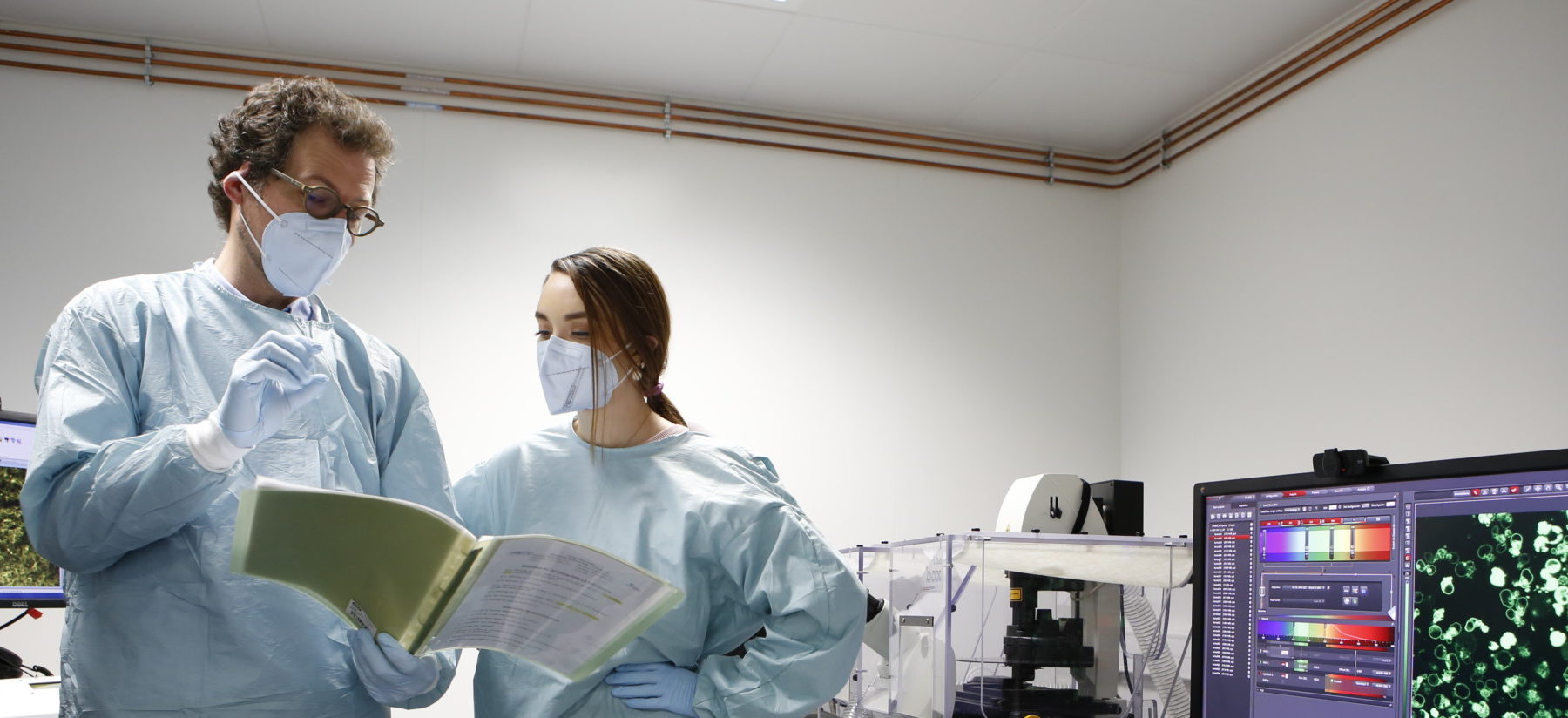Acknowledging and citing core facilities
Published on August 23rd, 2022 in EMBO reports, this article questions the way that core facilities should be recognized in the scientific literature and their key contributions to data lifecycle. An initiative endorsed by France-BioImaging.
Core facilities are an integral part of the life science research landscape as providers of centralised access to technological resources and expertise. This article’s working group has estimated that between 40 and 80% of imaging, proteomics and genomics data at their institutes are generated at core facilities. The contribution of core facilities to scientific research and innovation must thus be accordingly recognised. In that respect, the most straightforward way is an acknowledgement. Unfortunately, the lack of formal rules still leaves core facilities being inadequately recognised.
This article proposes that the recognition of core facilities should be deployed via two actions and implemented in two phases: first, with the systematic acknowledgement of core facilities in all scientific publications, and second, by including core facilities and their staff in data citations (Cousijn et al, 2018).
The first step can be accomplished at the manuscript-submission stage by asking the corresponding author to confirm if any data (and associated metadata) used in the manuscript originated from a core facility, and if yes, to identify the associated core facility. EMBO Press has recently included a question in the author checklist to confirm whether the work in the publication “benefited from core facilities” and that the core facility be acknowledged accordingly.
The next step would be to make it compulsory for authors to respond to such a query and explicitly identify the core facility and relevant data (and associated metadata). The MDAR (Materials, Design, Analysis, Reporting) form (Macleod et al, 2021), wherein one needs to provide information about data availability in the Analysis section, could likewise include a question to explicitly identify core facilities involved. Eventually, the information in the author checklist could be automatically fed into the acknowledgement section.
Acknowledging will have two key positive consequences: on the sustainability of core facilities and on their staff careers. In the absence of a high number of publications, particularly as lead or corresponding authors, acknowledgements are used as a measure of a core facility and its staff’s output and impact. Second, it further motivates and incentivizes core facility staff to actively contribute to scientific research.
The acknowledgement of a core facility goes beyond professional courtesy: identifying the origin of data (and associated metadata) is essential for data traceability and reproducibility particularly since core facilities are major generators of data in life science research.
Thanks to Jean SALAMERO, our “Action inter-infrastructures” mission officer, for contributing to this article.
Full article on:
Acknowledging and citing core facilities
Katja Kivinen, Henri G A M van Luenen, Myriam Alcalay, Christoph Bock, Joanna Dodzian, Katerina Hoskova, Danielle Hoyle, Ondrej Hradil, Sofie Kjellerup Christensen, Bernhard Korn, Theodoros Kosteas, Mònica Morales, Krzysztof Skowronek, Vasiliki Theodorou, Geert Van Minnebruggen, Jean Salamero, Lavanya Premvardhan
EMBO reports (2022) 23: e55734
https://doi.org/10.15252/embr.202255734
